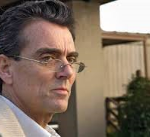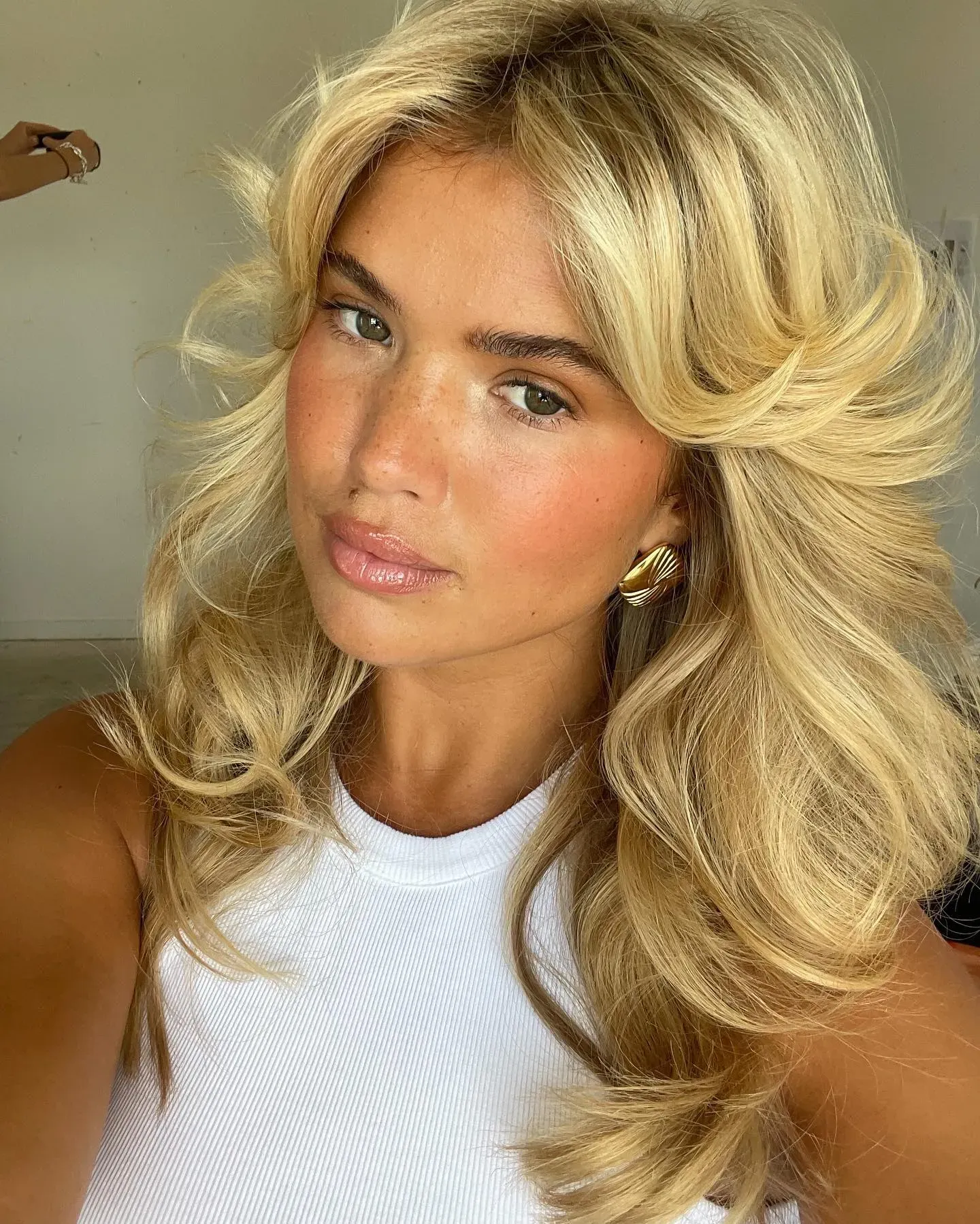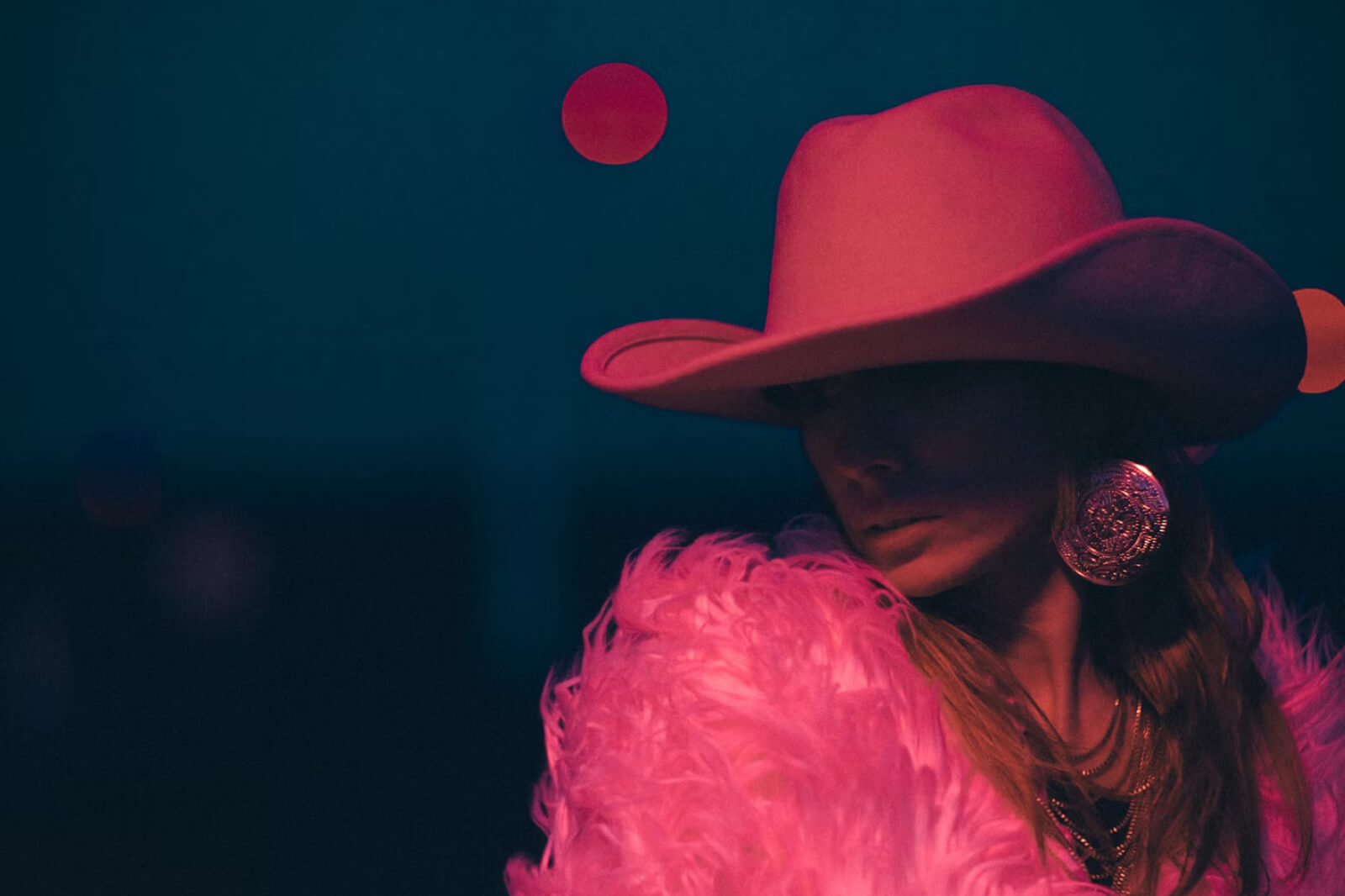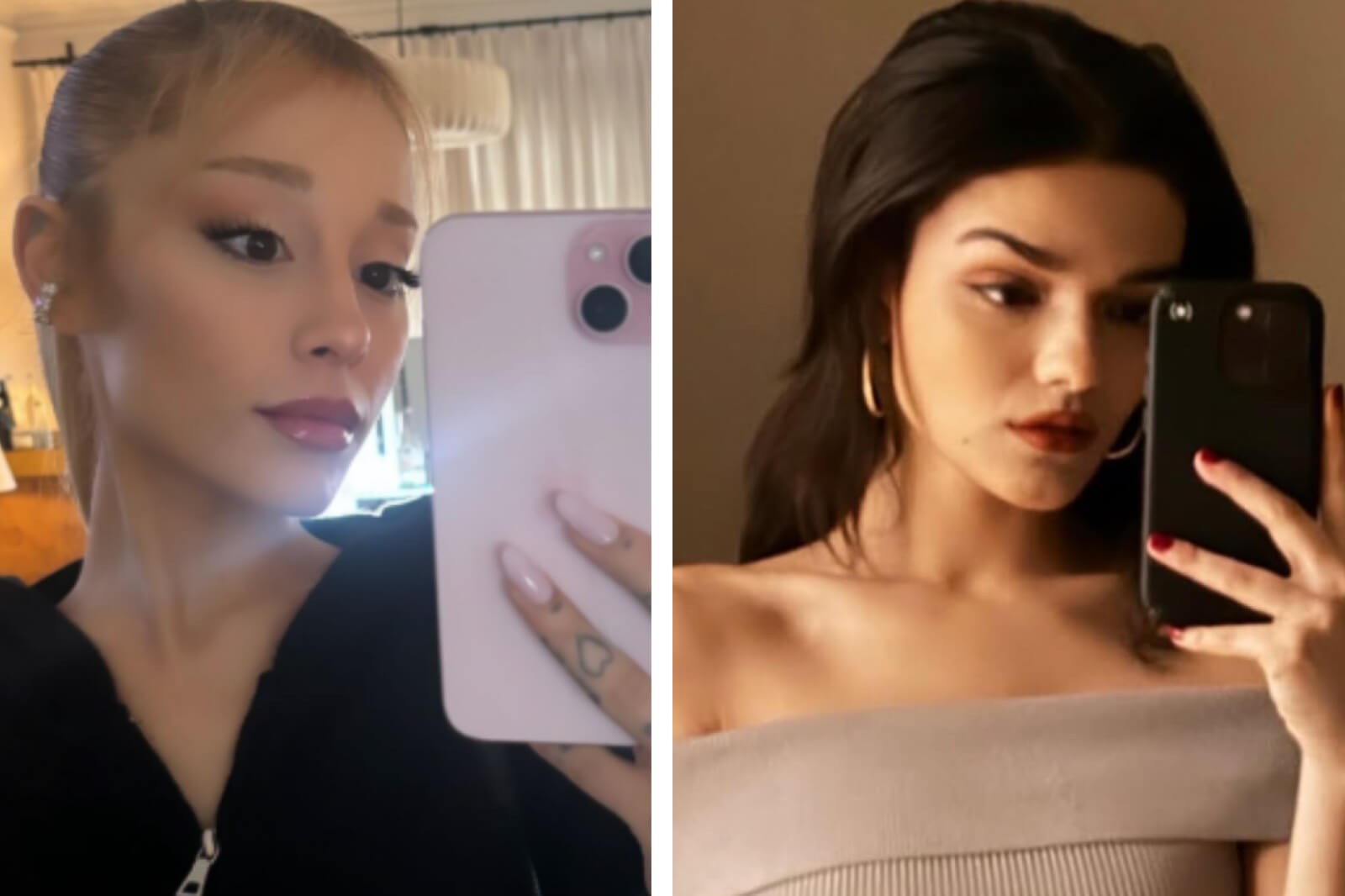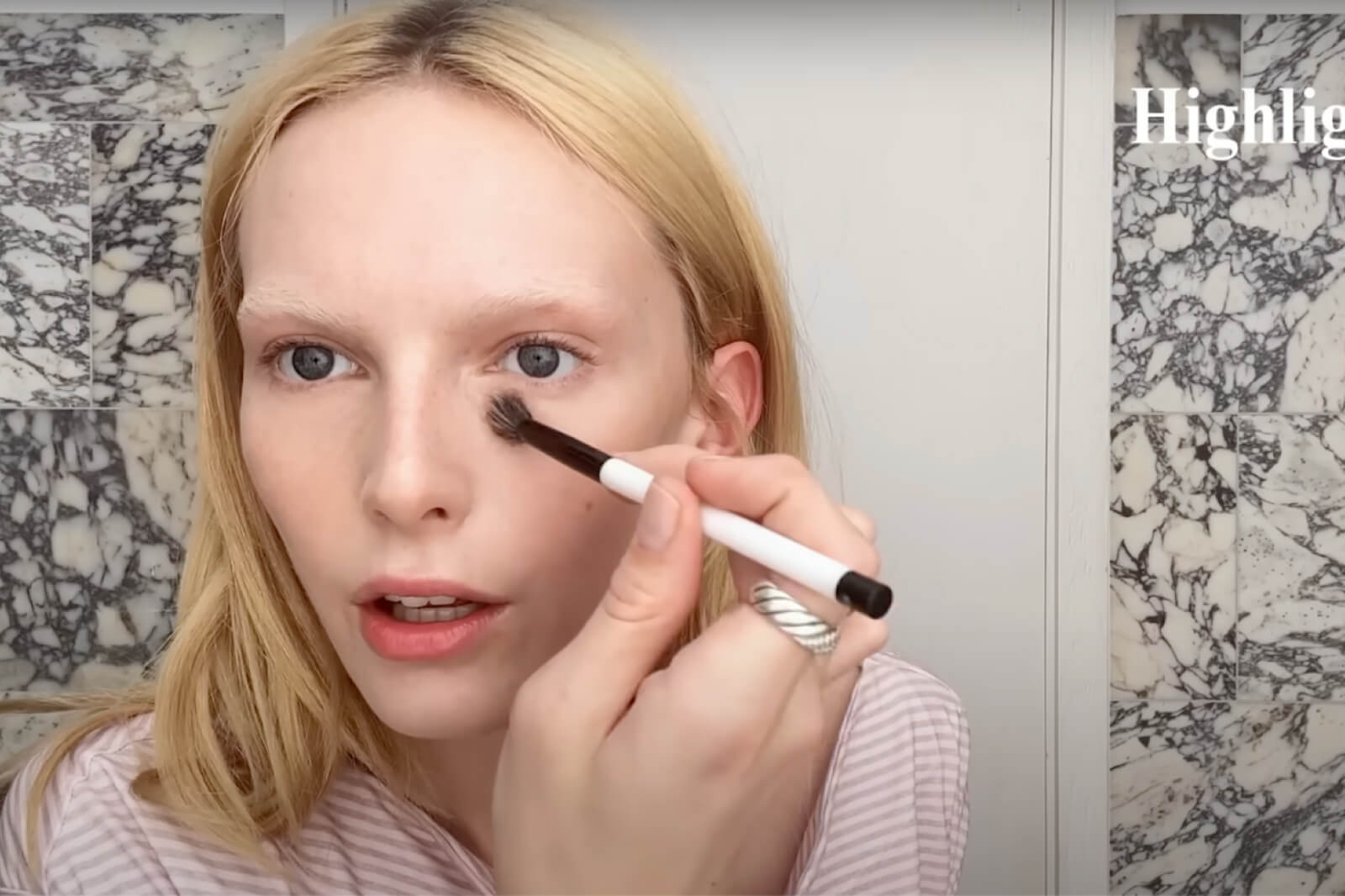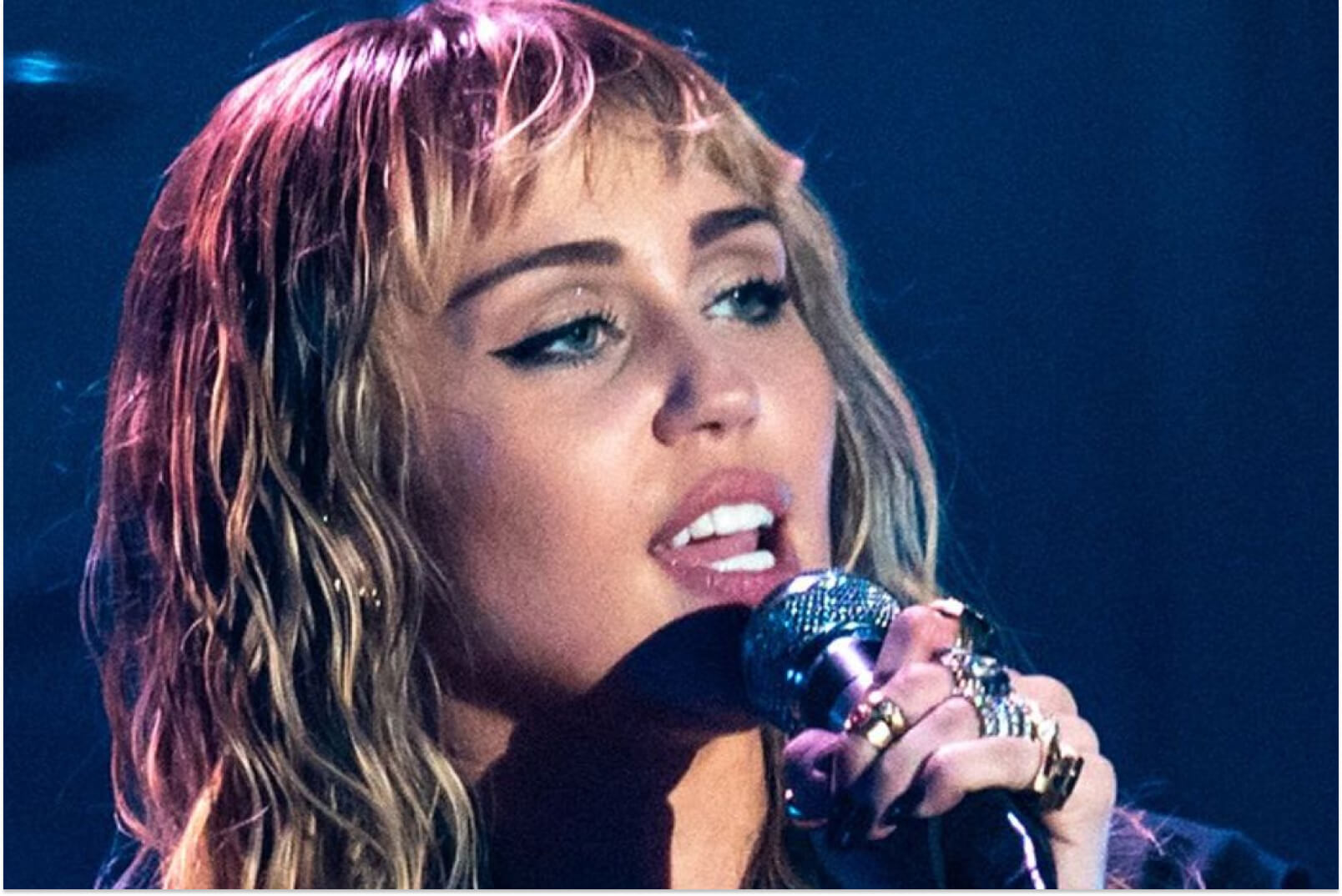John Cafiero is beau coup creative and a bit demented, in a good way.
Cafiero and his band, Osaka Popstar, thrive on punk rock. In fact, Cafiero, a die-hard fan of radio’s Dr. Demento, recently conceived and produced Dr. Demento Covered In Punk, a 64-track collection of songs from Dr. Demento’s show. Encompassing two hours, the compilation features new versions of punk classics, contributions by Joan Jett, The Misfits, The Dead Milkmen, and “Weird Al” Yankovic, as well as cameos by William Shatner, Adam West, and Elvira, Mistress Of The Dark.
Popdust sat down with Cafiero to hear more about his passion for punk rock.
“Fish Heads” Osaka Popstar (OFFICIAL VIDEO) from “Dr. Demento Covered In Punk”youtu.be
Q: How would you describe yourself?
A: An auteur, an outsider and a demented punk.
Q: What is the most trouble you’ve ever gotten into?
A: As a kid or an adult? Hmmm … it depends on what you define as trouble?
Q: What’s your favorite song to belt out in the car or the shower?
A: I couldn’t really narrow it down to just one, and I’m constantly listening to different stuff all the time, but I always come back to a particular set of live Ramones recordings from a show in 1981 that I really love to crank up and sometimes sing along with in the car.
The band was incredibly tight at that point, there’s a great groove and sound to this performance. Joey is really belting it out like a rock ‘n’ roll rollercoaster tightly locked into the tracks while taking all these cool vocal twists and turns along the way. The Pleasant Dreams album had just been released and they were touring in support of it. “This Business is Killing Me” and “Do you Remember Rock ‘n’ Roll Radio” are particular favorites of mine from that live set.
Q: Who is your favorite music artist?
A: It’s a tie between The Ramones and The Misfits—but I discovered the Ramones first, and got into the Misfits later.
Q: How did you get started in music? What’s the backstory there?
A: As a kid, my older sister introduced me to a lot of great music above my age range; plus I’ve always just loved music from very early on.
I could sing and wrote my first ‘rock’ song when I was around 8 or 9. At that age I even jammed as a singer in a band with musicians that ranged in age from 16-30 doing Black Sabbath and Led Zeppelin covers. I hadn’t discovered punk yet, and hung with metal heads and stoners that were like older brothers to me. They found it mind blowing that a little kid knew all these songs and could actually sing them. It was fun and that’s where it all began I guess. My early childhood was like a grittier That 70s Show in some respects.
I eventually started a punk band of my own and won “best band” and “best vocalist” in my high school battle of the bands covering “Sheena is a Punk Rocker” and “KKK Took My Baby Away.”We also did a cover of “Good Good Things” by the Descendents. The latter was the first time I ever played in front of a real audience, and it was a packed house. That very first performance aired on a weird public access show I produced and hosted when I was 16 on NJ cable public access.
We went on to record a bunch of demos of original material and even had some local popularity. Our cassettes sold on consignment in local record shops throughout NJ and Bleeker Bobs in NYC. They’d always sell-out and restock them, it was fun and pretty cool. Local stations like WFMU (especially Pat Duncan’s show), WFDU and others even played a lot of stuff from those tapes at the time. We had T-shirts that I’d make in graphic arts class and those would sell, too.
Q: What musicians influenced you the most?
A: Undeniably the Ramones. They’re just a part of my musical core, but there are a lot of other contributing factors working together to create my style and sound. Some of which may not always be apparent, even to me.
For example, Ronnie Spector was an influence on me before I even realized it. There are characteristics of her voice and approach that inspired traits that would develop and become their own within Joey Ramone’s delivery. So subconsciously, before I’d even been aware of it, she had inspired me through inspiring others. It’s all cyclical. Things snowball and pick up different characteristics along the way creating something completely new, and we might not always be fully aware of it.
Q: How, if at all, do your musical influences shape and impact your music?
A: There are certain occasions, when called for, that I might just think to myself, what would the Ramones sound like playing this? And while that may shape my approach, it’s still coming from whatever it is that makes me, me. What I hear in my head differs from what another person will imagine when posed with the same question. It’s really just a reflection of who you are in my opinion.
That odd circumstance aside, I think most of it just happens subconsciously. I just do what I hear in my head, and express it with my instincts as I think it should sound. It’s an extension of my personality and who I am really. When I’m working on a song, I’ll constantly hear different layers and melodies in my head playing over it. I’ll start trying them all and more often than not, they work out well and become part of the final piece.
Q: Where did the name Osaka Popstar come from?
A: When I started Osaka Popstar, from the very beginning I wanted it to be a culture clash of the things I loved not only musically, like NYC punk rock of the 1970s, but pop-culturally too. Comic books, cult films, sugar cereals, cartoons, anime and more, conscious or subconsciously, factor into it. I wanted to bring an anime aesthetic into the band’s identity and that factored into it too. I also felt that there was a kinship between the punk scene in Osaka Japan and the NYC punk scene of the 70s that started the whole musical revolution to begin with. So all of that played a part in it. Ultimately, when I came up with the name, I just liked the sound of it.
Osaka Popstar: “Christmas in the Loony Bin”youtu.be
Q: What inspired you to produce Dr. Demento Covered In Punk?
A: I love punk rock, and I’ve loved novelty music from the Dr. Demento show even longer —I discovered that world when I was 6 or 7 years old. I thought it would be really fun and unique to merge the two genres together and create ‘demented punk.’ I also think there are a lot of similarities between the two. A lot of early classic punk lyrics could easily pass as novelty songs. “Beat on the Brat” by the Ramones is a prime example, and for “Dr. Demento Covered in Punk” I produced a new version performed by “Weird Al” Yankovic (backed by Osaka Popstar). It’s the first time Al had ever recorded a cover without parodying the lyrics. No changes were necessary; the lyrics were demented enough just as they were originally written by the Ramones! The punk movement and the demented music movement were really blossoming during the same time period and both rooted in outsiders who found a place where they belong.
Q: Was it difficult to persuade musicians to participate in the Dr. Demento Covered In Punk project?
A: It varied. Some immediately got it, loved the idea and jumped right in. Others required some pursuing and coaxing. I’m really pleased with the end result. We have a truly amazing and very eclectic ensemble “cast.”
Q: What inspired the new version of “Fish Heads?”
A: It’s always been my favorite song of the “Dr. Demento” genre or catalog of music. As a kid, I absolutely LOVED it, the music video and the entire Voobaha album by Barnes and Barnes (which features “Fish Heads”)—and still do. I used to write fan letters to Barnes and Barnes when I was in grammar school, and to my thrill and surprise, they always wrote me back. I still have some of those letters to this day. So, when I was doing this, I knew I had to cover “Fish Heads” and reimagine it in Osaka Popstar’s musical dynamic; while still keeping true to the original at the same time.
Q: The video for “Fish Heads” is totally cool! How did you come up with the idea for the visuals?
A: Thanks, I’m glad you dug it! There were inspirations from a lot of different things. The first seed was an illustration I commissioned by artist Sam Fout that appears in the booklet for “Dr. Demento Covered in Punk” along with the credits for our cover of “Fish Heads.” On the original Barnes and Barnes Voobaha album cover, Artie Barnes (Robert Haimer) is wearing a “Fish Heads: T-shirt. It’s a cartoon of a waiter serving up a Fish Head on a platter. I actually had that same shirt as a kid. I commissioned artist Sam Fout to illustrate me in that role, serving up Fish Heads, but wearing sort of a punk’d up top hat and tails as a nod to Dr. Demento. That was the first visual, and I wanted to bring that scene to life in an animated video, then expand on it. From that jumping off point it was just a matter of finding cool fun ways to breathe new animated life into the lyrics of the song and do homage to the original with a fresh approach.
I love the world of sugar cereals, their mascots and animated commercials, so for the lyric “In the morning laughing happy Fish Heads” I thought it would be great to bring that into the “Fish Heads” world by creating a new breakfast cereal for the untapped Fish Head demographic, lol! So, I came up with Sugar Coated Wormy Oh’s and just parodied the vibe of those classic cereal TV spots. Two Fish Heads at the breakfast table—just like the traditional brother and sister—with a cartoon sun serving up “two scoops” of Wormy Oh’s to start them off right with a balanced breakfast before school…
Bill Paxton, who you may know from movies like Aliens and Weird Science, starred in and directed the original live action “Fish Heads” music video for Barnes and Barnes back in 1980.I wanted to include a nod to him because that video was just an amazing extension of the song that really hooked me and reeled me in as a kid. So for “I took a Fish Head Out to See a Movie” I’m in the movie theater with a Fish Head—just like Bill Paxton was in the original—but in the new animated version we’re watching his ‘turd monster’ character from Weird Science on the screen.
For the cameo Barnes and Barnes make, I thought it would be cool to transition them in using a Twilight Zone homage because, for one thing, Art & Artie’s fictional world of Lumania is sort of a Twilight Zone in its own right, and Art Barnes (of Barnes and Barnes) is actor Bill Mumy. In addition to being well known for playing Will Robinson in the original Lost In Space TV show, as a kid he also starred in one of the best ever classic Twilight Zone episodes called “It’s a Good Life.” Bill (then Billy) played Anthony, a temperamental six year old with godlike mental abilities to make anything he wishes reality. A power that has tragic and fatal results for adults who don’t placate his every fickle whim. Adults are terrified and tell Anthony how everything he does is “good, it’s real good!” to avoid being turned into human jack-in-the boxes, set on fire, or wished away “into the cornfield”—which is essentially death; he’s a monster.
I could go on and on because there is so much in there, but I’ll try to keep it brief. For my bandmates, I wanted to make them all human bodies with “Fish Heads” in homage to the cover art of Captain Beefheart’s Trout Mask Replica album, which is a really simple but effective live action image. I thought that would translate well into animation. There’s an homage to Jaws, one of the most ground breaking films of the 70s, and even some Disney references too. I thought it would be a cool twist if we got swallowed by the giant Fish Head seen on the back cover of the album (illustrated by Cramps cover artist Stephen Blickenstaff) for the final “Eat them Up Yum!”—just as Monstro swallows Pinocchio and Geppetto. There are tons of small pop culture influences within it.
Q: What’s next for Osaka Popstar?
A: We have two new EPs recorded that collectively equal an album. Half of the material is very different thematically (and to some degree stylistically) from the other half, so I felt it would be fitting to release them as two separate EPs. One is already finished, the other is about 75% done. They’ll both be released in 2019, and one will follow the other a few months apart, give or take. The first EP will be released simultaneously with the first issue of a new comic book I’m producing and overseeing. The comic book is totally unrelated to Osaka Popstar, except for the fact that one of the songs ties into the first issue. The first EP (and the first issue of the comic), should be out by or before spring 2019. I have some cool ideas for live action music videos I’d like to do for at least one track from each of the two new EPs too.
We’ll also be reissuing the debut album Osaka Popstar & the American Legends of Punk in 2019, with newly added bonus tracks. Aside from streaming and digital download, that album has been physically out of print for years now. We’re reissuing it on CD and for the first time on vinyl too.
Q: How about punk versions of the Bee Gees’ biggest hits?
A: I think with the right approach that could be very cool. It’s funny you should mention it because I actually was thinking about that this summer. I have one song in particular in mind for Osaka Popstar and already worked out the arrangement. I think it would sound great. Who knows? Maybe the Bee Gees will get “Covered in Punk” too!
Follow Osaka Popstar Website | Facebook | Twitter | YouTube
Randy Radic is a Left Coast author and writer. Author of numerous true crime books written under the pen-name of John Lee Brook. Former music contributor at Huff Post.
POP⚡DUST | Read More…
INTERVIEW | Indie-Pop Singer Navakaine Talks Coming-of-Age
Water and Man Release ‘Phantasie’
RISING STAR | Alberta Drops Buff New Single, ‘Jay Walk’n’
- Osaka Popstar Discography at Discogs ›
- Osaka Popstar (@osakapopstar) | Twitter ›
- Osaka Popstar – Wikipedia, la enciclopedia libre ›
- Osaka Popstar – Wikipedia ›
- Osaka Popstar | Listen and Stream Free Music, Albums, New … ›
- Osaka Popstar – Home | Facebook ›
- Osaka Popstar and the American Legends of Punk – Wikipedia ›
- Osaka Popstar – “Wicked World” Misfits Records – YouTube ›
- Osaka Popstar – Wikipedia ›
- OSAKA POPSTAR ›
